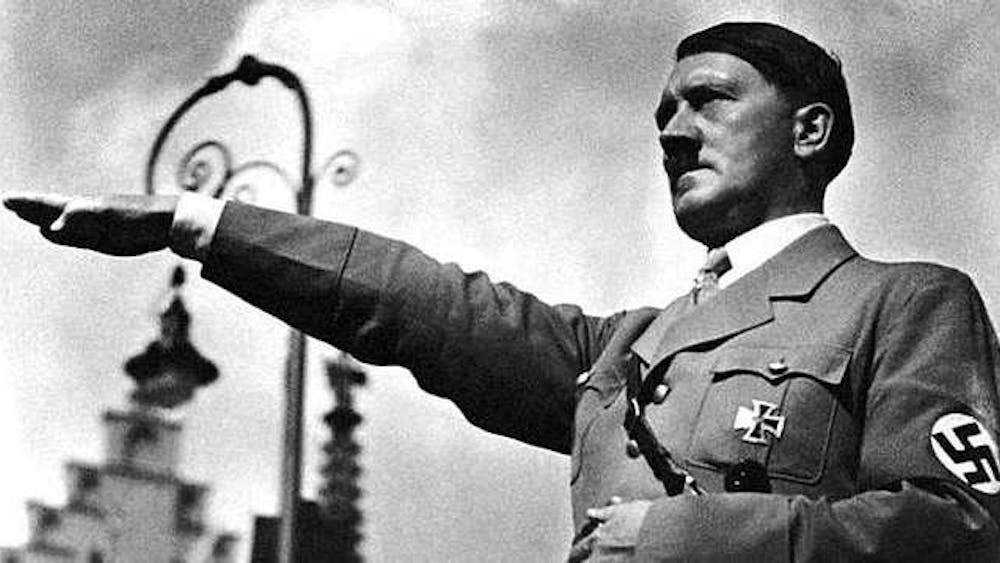Set about shoulder height in the door frames of observant Jewish homes, you will often find small rectangular cases of pewter, brass or even plastic. Inside each case is a Mezuzah, a piece of parchment on which specific prayers from the Torah are written. These are then rolled into a scroll, wrapped in paper or plastic and placed in the case. As one enters the room, he or she touches the case; the Mezuzah is a Mitzvah, a promise to honor God and a blessing on the house and those who enter it.
New York City, in its role as the doorway to the United States, displays a revered symbol of the promise and blessings of liberty. Shortly after the Union victory in the Civil War and the end of slavery in this country, the French law professor and politician Édouard René de Laboulaye proposed raising a monument to American independence in the form of a statue. The French would finance the statue, and the Americans were to provide the site and build the pedestal.
“The Statue of Liberty Enlightening the World” was designed by the French sculptor Frederic Bartholdi in collaboration with the engineer Gustave Eiffel, who was responsible for its frame. The statue is of the robed Roman goddess Libertas, who bears a torch and a tablet inscribed with the date of the Declaration of Independence, July 4, 1776. A broken chain lies at her feet.
The traditional Jewish prayer of blessing by the doorway may have inspired the poet Emma Lazarus. Lazarus was a descendant of Sephardic Jews who immigrated to the United States from Portugal around the time of the American Revolution. Born July 22, 1849, Lazarus grew up in New York and Newport, Rhode Island, and was educated by private tutors. Lazarus met Ralph Waldo Emerson, who became her friend and mentor, and the two corresponded until Emerson's death in 1882. In 1883, Lazarus donated her poem, “The New Colossus,” to an auction raising funds for the construction of the Statue of Liberty's pedestal. In 1884, Lazarus fell ill from Hodgkin’s lymphoma. She died on Nov. 17, 1887.
As a quick aside, Lazarus’ good friend, Rose Hawthorne Lathrop, the daughter of the writer Nathaniel Hawthorne, was inspired by Lazarus’ good works and her death from cancer to establish the Dominican Sisters of Hawthorne. These nuns, who are part of the Third Order of Saint Dominic, care for those with limited financial resources who are suffering from terminal cancers and provide some freedom from the burden of disease and the chains of poverty.
Shortly after Lazarus’ death, the immigrant processing station at Ellis Island was opened in 1892 in the shadow of the Statue of Liberty. Lady Liberty greeted generations of immigrants fleeing poverty and political upheavals in Ireland, Italy, Spain and dozens of other countries. Lazarus’ “The New Colossus” was given fresh life as an anthem to the United States’ commitment to freedom for all people of the world. In 1903, the sonnet was engraved on a bronze plaque and attached to the statue’s pedestal.
Lazarus’ poem, fixed to the statue that sits beside the doorway to this country, is short, but its message still resonates:
“Not like the brazen giant of Greek fame, / With conquering limbs astride from land to land; / Here at our sea-washed, sunset gates shall stand / A mighty woman with a torch, whose flame / Is the imprisoned lightning, and her name Mother of Exiles.
“From her beacon-hand / Glows world-wide welcome; her mild eyes command / The air-bridged harbor that twin cities frame. / 'Keep, ancient lands, your storied pomp!’ cries she / With silent lips.
“‘Give me your tired, your poor, / Your huddled masses yearning to breathe free, / The wretched refuse of your teeming shore. / Send these, the homeless, tempest-tost to me, / I lift my lamp beside the golden door!”
We should recommit ourselves to this nation’s longstanding role as a beacon of liberty, embrace the offer of sanctuary recounted in Lazarus’ poem and breathe new life into the promises we have made and the blessings we claim in the name of liberty. If we choose to reject that covenant, I suggest we strike the bronze plaque from the base of the statue and replace it with the words of another poet, Dante Alighieri, who emblazoned this caution beside another door: “Lasciate ogne speranza, voi ch’intrate … ” “Abandon all hope, you who enter here … ”
But enough from me — take it from the Pope [The Catholic Herald, June 2014]:
“Pope offers prayers for refugees during general audience”
Pope Francis reminded the faithful that Jesus was a refugee. Addressing Mary as “mother of refugees,” Pope Francis offered prayers for the millions of people in the world forced to flee their homelands, and he asked Catholics to reach out to them with assistance and a real welcome.
“Remember, Jesus was a refugee; he and Mary and Joseph had to go to Egypt to save his life,” the Pope said on Wednesday at the end of his weekly general audience. “Pray to Mary who knows the pain of being a refugee.”













